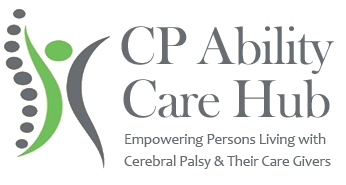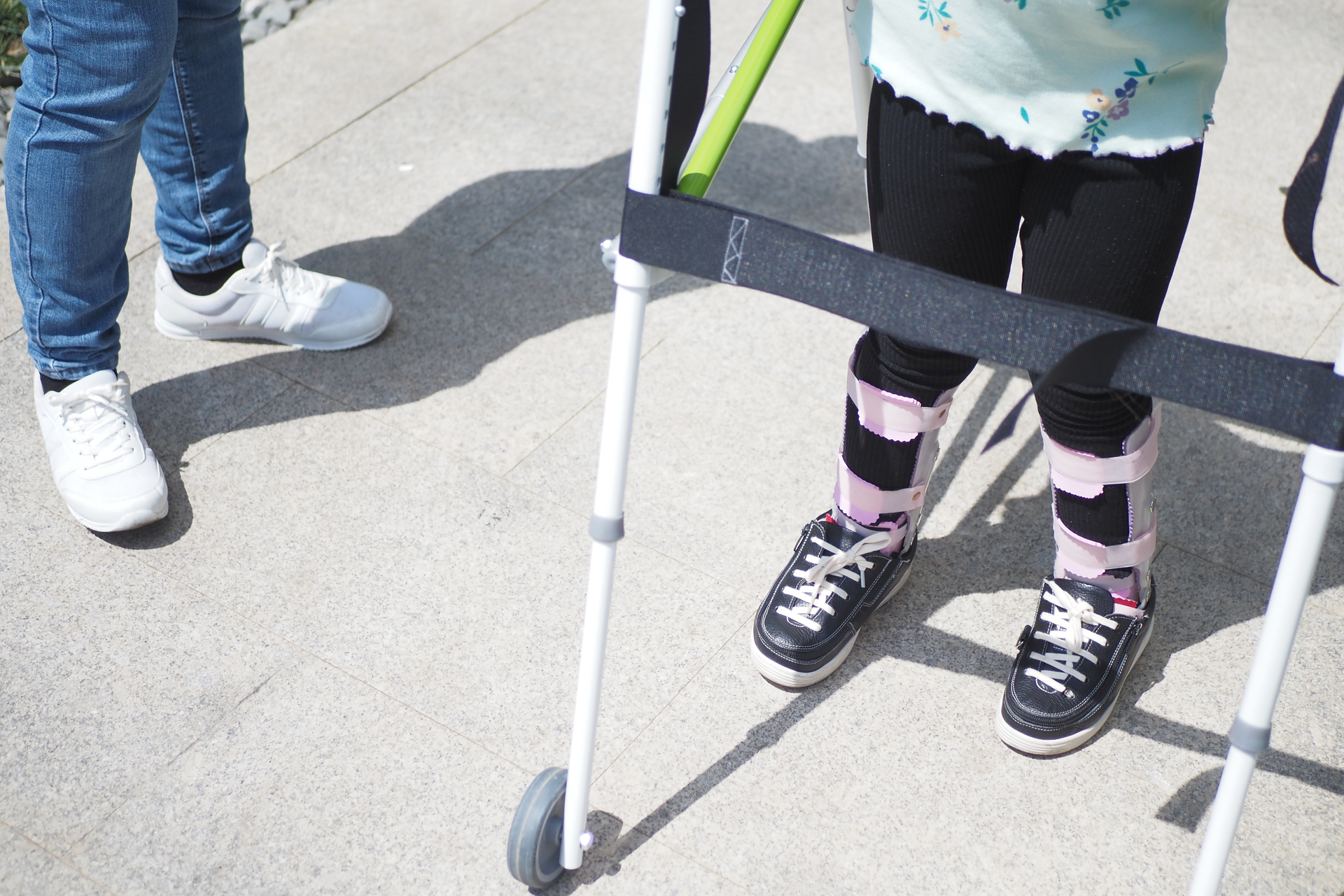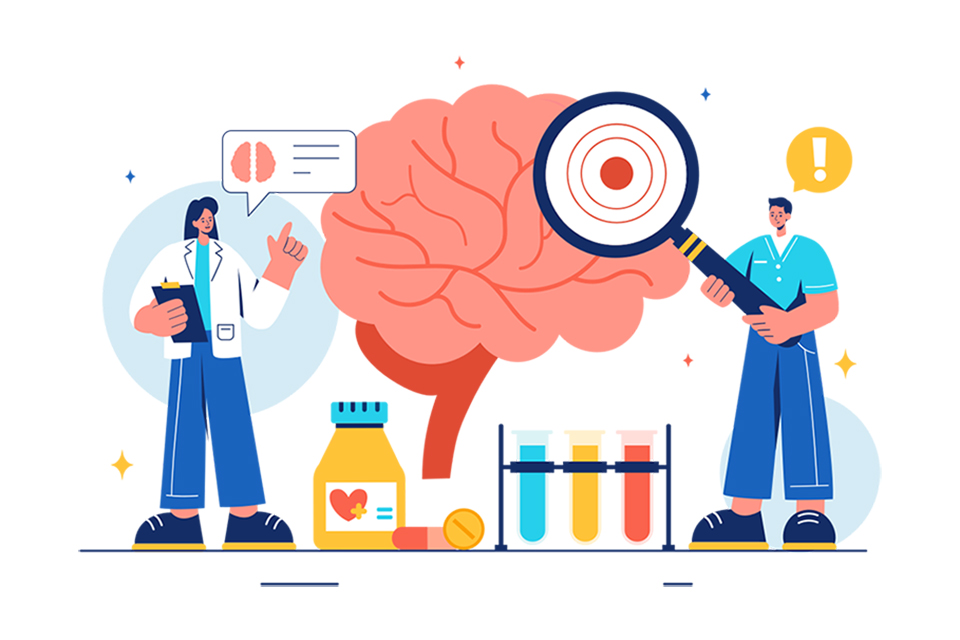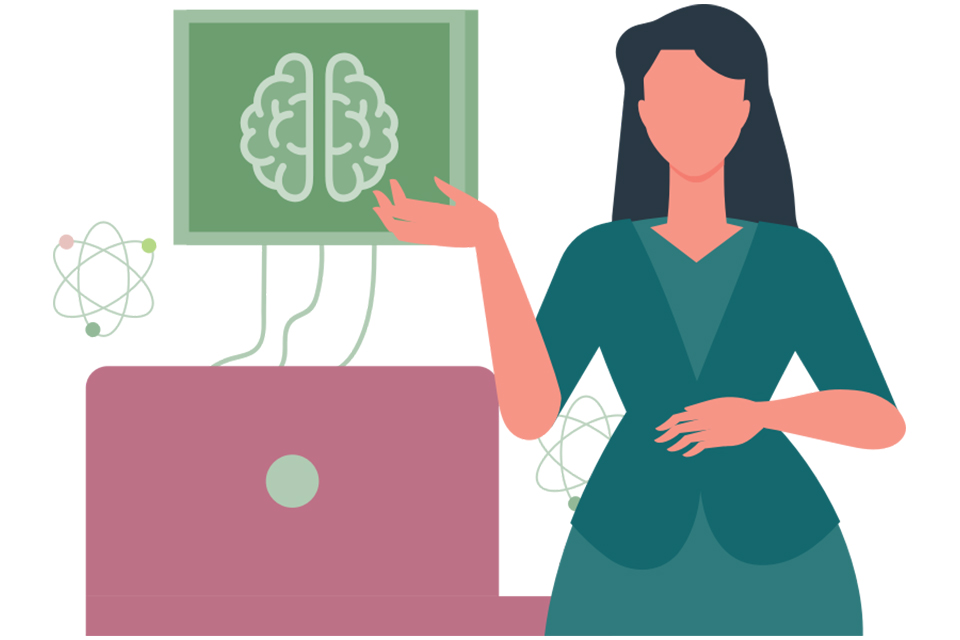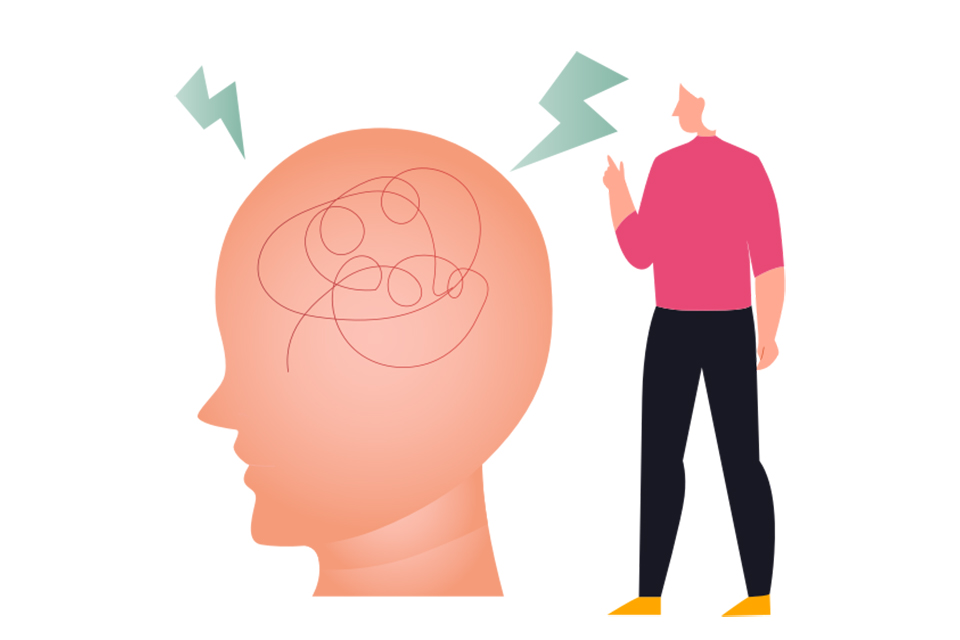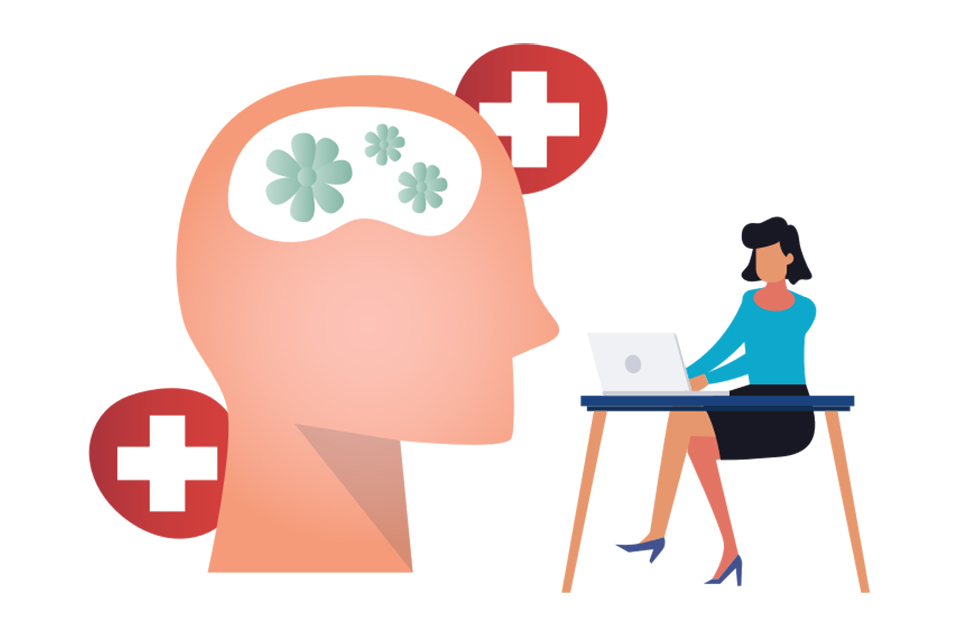SPASTIC CEREBRAL PALSY
Spastic CP is the most common type. People will experience increased muscle tone and their movements may appear stiff or awkward. Different parts of the body can be affected:
- 1. Spastic hemiplegia/hemiparesis typically affects the arm, hand, and leg on one side of the body.
- 2. Spastic diplegia/diparesis involves muscle stiffness that is predominantly in the legs. The arms maybe affected to a lesser extent
- 3. Spastic quadriplegia/quadriparesis is the most severe form of CP. It is caused by widespread damage tothe brain or significant brain malformations.
DYSKINETIC CEREBRAL PALSY
Dyskinetic motor patterns are characterized by slow and uncontrollable writhing or jerky movements of the hands, feet, arms, or legs. These motor types include:
- 1. Athetosis
- 2. Chorea/choreoathetoid
- 3. Dystonia
ATAXIC CEREBRAL PALSY
Ataxia affects balance and depth perception. Children with ataxia will often have poor coordination and walk unsteadily with a wide-based gait.
HYPOTONIA CEREBRAL PALSY
Hypotonia means that a child has abnormally low muscle tone. Sometimes the child may be described as having weakness or floppy.
MIXED TYPES
Mixed types of CP refer to symptoms that don’t correspond to any single type of CP but are a mix of types. For example, a child with mixed CP may have some muscles that are too tight and others that are too relaxed.
Click on the links below to read more.
